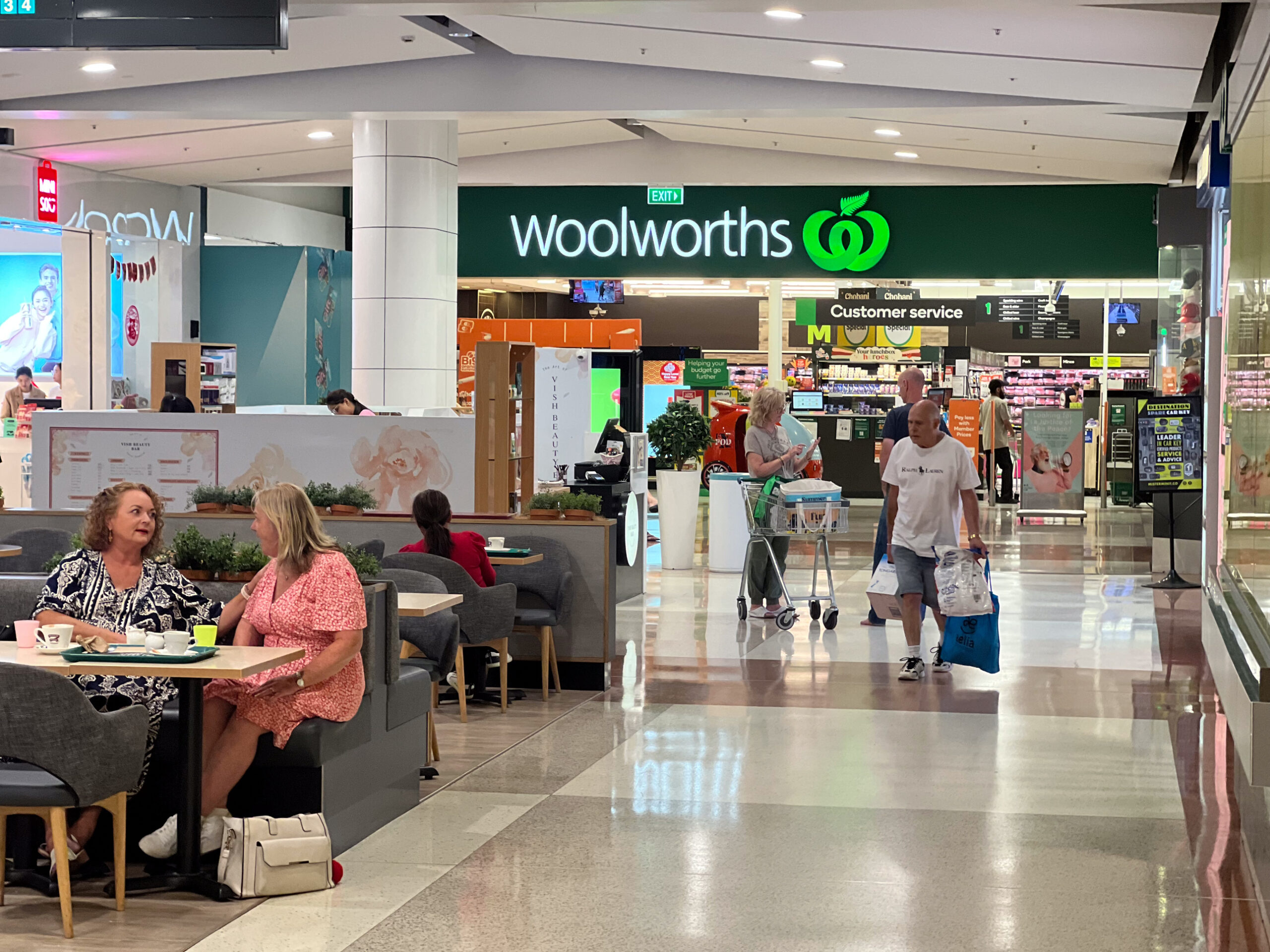By Neal Wallace
Copyright farmersweekly

Reading Time: 2 minutes
Breaking up New Zealand’s supermarket duopoly could give rural supermarkets owners choice over which grocery wholesaler they use to the benefit of consumers, says a lobbyist.
Grocery Action Group chair Sue Chetwin says supermarket owner-operators are currently obligated to source their goods from wholesalers owned by Foodstuffs or Woolworths.
Should the government order the two entities to divest their wholesale arms, Chetwin said, that would create wholesaler competition which should be reflected in lower retail prices.
The lobby group said grocery prices have increased 30% in the past three years due in part to 95% of the grocery sector, worth $25 billion a year, being dominated by two companies.
Commerce and Consumer Affairs Minister Nicola Willis has not ruled out ordering the two entities to breakup their businesses but said to do so is not a decision to be taken lightly.
“It would be a significant intervention that would carry costs and risks that would need to be rigorously weighted against the potential benefits to shoppers,” she said in a statement.
The government is beefing up the Commerce Act to prevent unfair tactics like creeping acquisitions and predatory pricing and clearer merger rules.
It is also introducing legislation to remove barriers that may have prevented new supermarkets from launching or expanding in New Zealand.
Chetwin said progress in lowering grocery prices remains slow but she welcomes government moves to make new players eligible for fast-track consenting consideration, streamlined building consent and clarifying the Overseas Investment Office process.
The Commerce Commission’s recent second annual grocery report noted geographical differences due to supermarket dominance.
Consumers in Auckland and other main cities have greater options those in smaller towns, while rural areas typically have minimal to no choice.
Some stores in small towns function as a localised monopoly, Grocery Commissioner Pierre van Heerden said in his report.
In Auckland the major supermarkets have 71% of the grocery market compared to 88% in the rest of New Zealand.
It found major grocery retailers were the most dominant at the top of the South Island, West Coast, Otago, Waikato and Taranaki.Foodstuffs North Island, Foodstuffs South Island and Woolworths New Zealand, collectively known as regulated grocery retailers (RGRs), are the largest buyers of grocery products, spending $18.3bn a year from 3100 suppliers.
The 2024 survey showed these retailers on average account for over half of suppliers’ sales but more than 40% of suppliers indicated the RGRs accounted for two-thirds or more of their sales.
Bargaining power and general experience with the supermarket chains varies.
“Our supplier survey corroborates anecdotal evidence that one of the biggest factors influencing the RGR-supplier relationship is the size of the supplier, with larger suppliers more likely to report favourable experiences than smaller suppliers,” said Van Heerden.
About 10% of grocery suppliers account for 90% of wholesale grocery purchases by RGRs.
A Woolworths NZ spokesperson acknowledged the pressure on household budgets and said it has been engaging with the government and the Grocery Commissioner.
There are a number of factors in deciding where to establish supermarkets and what size, such as population size and density, current and projected population growth, transport connections, existing supply of retail in the area and whether there are suitable sites available.



